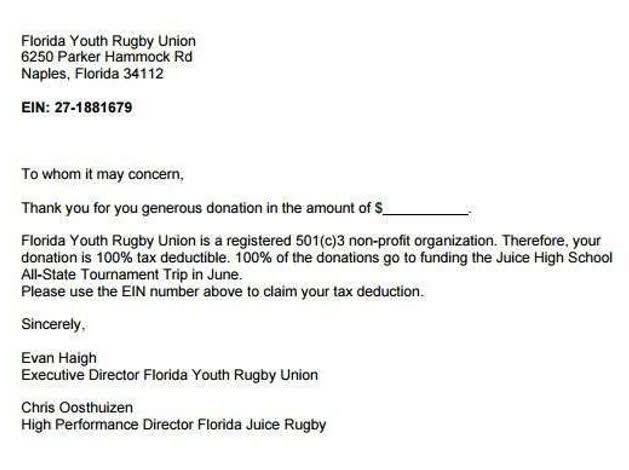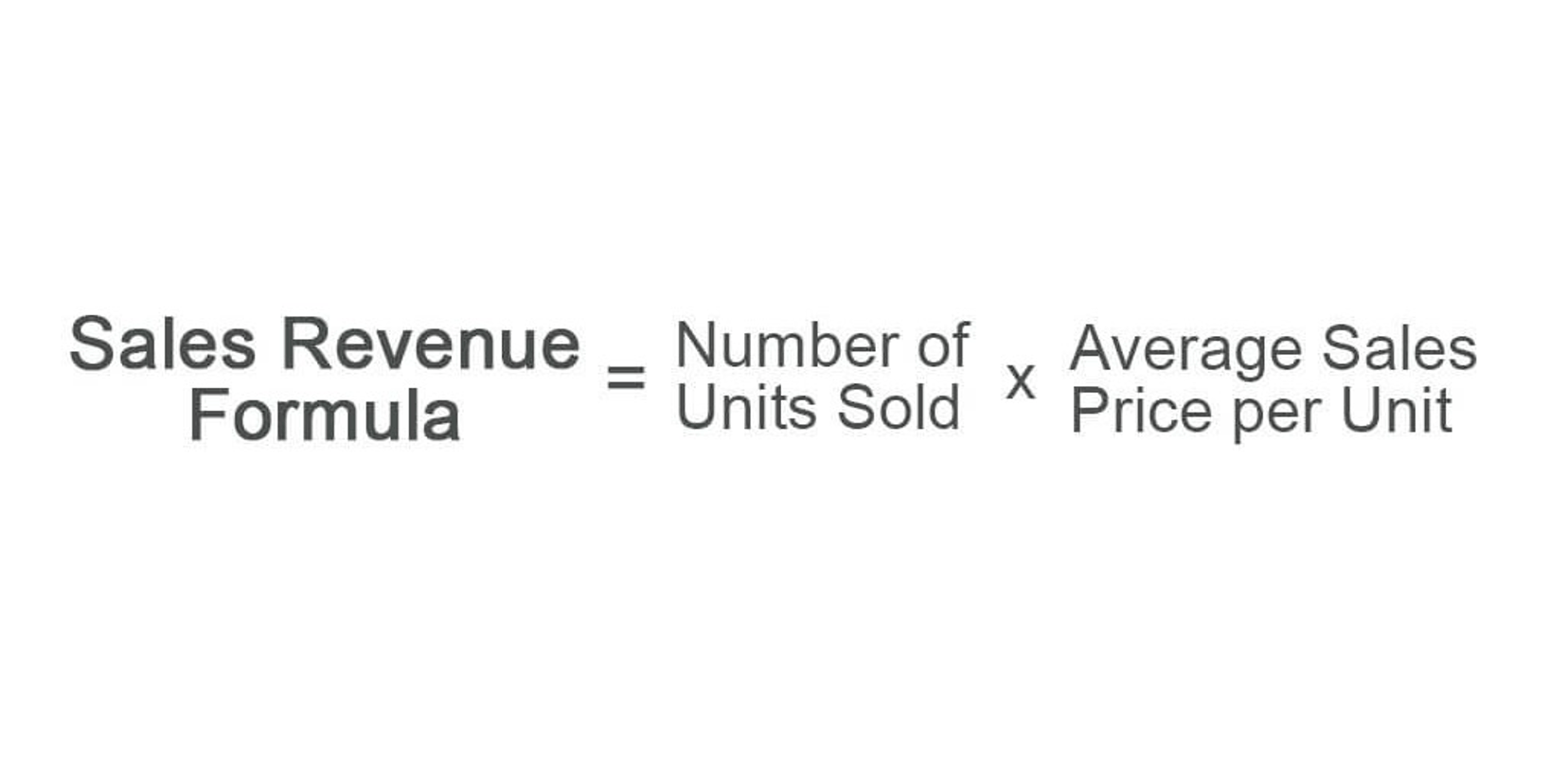
Retained earnings make up part of the stockholder’s equity on the balance sheet. Revenue is the income earned from the sale of goods or services a company produces. Retained earnings and dividends Outsource Invoicing represent two distinct strategic approaches to managing a company’s profits. Retained earnings constitute the portion of net income judiciously reinvested within the business to fuel growth, expansion, and operational enhancements.
Is Retained Earnings an Asset? ›
- As a company retains profits, earnings become part of the owners’ stake, increasing shareholders’ equity.
- Sometimes when a company wants to reward its shareholders with a dividend without giving away any cash, it issues what’s called a stock dividend.
- Usually, retained earnings consists of a corporation’s earnings since the corporation was formed minus the amount that was distributed to the stockholders as dividends.
- Finally, the closing balance of the schedule links to the balance sheet.
- On the other hand, retained earnings are the part of a company’s cumulative profit set aside for future use.
- The retained earnings line is simply an accounting entry that totals up all the profits your company has reinvested over the years.
A company must carefully balance its dividend policy with retained earnings growth. Reinvesting profits helps fund new projects and sustain business expansion, but dividends provide immediate returns to shareholders. Companies often establish dividend payout ratios that reflect their growth stage and financial strategy.
- Essentially, retained earnings include all profits a company makes.
- However, this is reflected as changes in partners’ capital accounts rather than a retained earnings account.
- This may involve implementing cost-cutting measures, expanding into new markets, or introducing new products or services.
- Profits generally refer to the money a company earns after subtracting all costs and expenses from its total revenues.
- You’ll then record this on your balance sheet and your statement of retained earnings.
- When companies grow, they will be mindful of maintaining leverage (Debt to Total Capital) at a reasonable level.
What’s the Right Inventory Accounting Method for Your Business?

Yet one important facet of business operations is the functionality of retained earnings and whether or not they are an asset. Calculating retained earnings after a stock dividend involves a few extra steps to figure out the actual amount of dividends you’ll be distributing. You must adjust your retained earnings account whenever you create a journal entry that raises or lowers a revenue or expense account. On the other hand, if you have net income and a good amount of accumulated retained earnings, you will probably have positive retained earnings.

Applications in Financial Modeling
If you need to reduce your stated retained earnings, then you debit the earnings. Typically you would not change the amount recorded in your retained earnings unless you are adjusting a previous accounting error. Retained Earnings / Total Assets simply measures cumulative profitability over time (ie. retained earnings) as a proportion of total assets. If retained earnings constitute a larger (smaller) proportion of total assets, then this indicates that a company is more (less) profitable. You can typically locate the company’s retained earnings on the balance sheet, but you may compute the total using other is retained earnings an asset numbers if it doesn’t.

Retained earnings are reported under the shareholder equity section of the balance sheet while the statement of retained earnings outlines the changes in RE during the period. Dividends are often distributed as stock dividends or cash dividends. So, no, retained earnings are not considered an asset on a balance sheet balance sheet.

Instead, they are reported in the equity section of the company’s balance sheet. However, it’s important to note that ‘retained earnings’ itself shows under the equity section in a company’s balance sheet and not under assets. Still, it plays a crucial role in defining the company’s ability to strengthen its asset base. Negative retained earnings can have major implications for both the business and its investors. First, negative retained earnings can make business growth difficult because there’s little cash available to reinvest in business growth and expansion.
